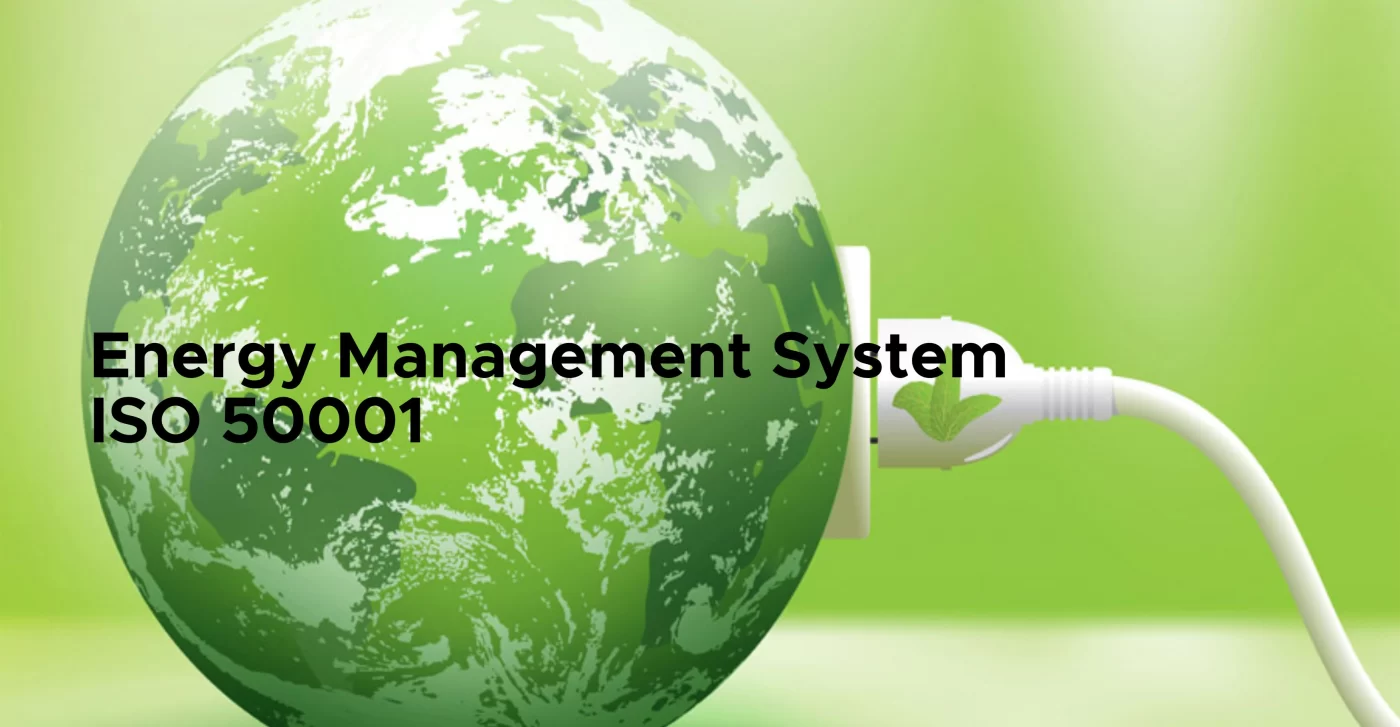ISO 50001Energy management system, Uncategorized
ISO 50001 Energy management system
Courtesy: ISO 50001 Energy management system
Experts from the national standards bodies of 44 ISO member countries participated and another 14 countries sent observers. Development organizations including UNIDO and the World Energy Council (WEC) were also involved.
ISO 50001 also drew on existing national and regional energy management codes and standards, including ones developed in China, Denmark, Ireland, Japan, Republic of Korea, Netherlands, Sweden, Thailand, the US and the European Union.
ISO 50001:2011 Energy management systems – Requirements with guidance for use was published on June 17, 2011.
ISO published a revised version of ISO 50001 in 2018. The revision reflects a desire to promote adoption of the standard among small and medium sized enterprises. It also incorporates ISO’s “high level structure” for use where organizations wish to integrate a number of management system standards together.

Structure
The structure of ISO 50001 is designed according to other ISO management system standards, in particular ISO 9001 (Quality Management Systems) and ISO 14001 (Environmental Management Systems). Since all three management systems standards are based on the PDCA cycle, and now share the same high level structure, ISO 50001 can be integrated easily to these systems.
ISO 50001 provides a framework of requirements that help organizations to:
- develop a policy for more efficient use of energy
- fix targets and objectives to meet the policy
- use data to better understand and make decisions concerning energy use and consumption
- measure the results
- review the effectiveness of the policy and
- continually improve energy management.

ISO 50001 focuses on a continual improvement process to achieve the objectives related to the environmental performance of an organization (enterprise, service provider, administration, etc.). The process follows a plan – do – check – act approach.

